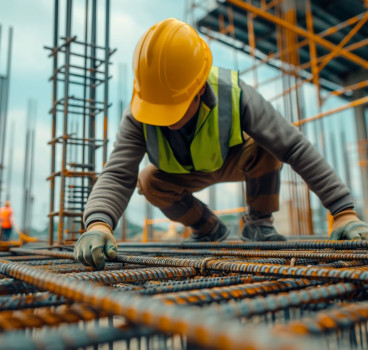Building to Passive House Standards with PU Insulation
A house built using polyurethane materials consumes 85% less energy than a home built from conventional materials. They can provide very high levels of insulation with minimal thickness which in turn allows architects and designers to maximise the use of interior spaces. It is perhaps no surprise then that when it came to the construction of a passive house in Belgium, polyurethane insulation materials were used to create a highly insulating building fabric. Three years on, has the Polyurethanes Passive House in Brussels and its very well insulated and sealed envelope provided a comfortable and healthy environment throughout the year?
The end-of-terrace four-storey family house developed by ISOPA, the European trade body for diisocyanate and polyol producers, was completed in Evere near Brussels in 2013. It is now occupied and working as a low energy test bed, its running costs and energy use closely measured to show the savings possible for homeowners.
While there are over 12,000 new build Passive House certified buildings across Europe, the ISOPA house is unusual in using a high proportion of PU to achieve its highly insulating fabric first design which reduces the need for heating and saves around 80% of the energy used by a normal house. PU insulation has been used wherever possible from wall cavities to the floor, and windows to the roof.
The house has been designed so that all of the construction elements work together in an integrated way, from the solar panels on the roof to the geothermal heat pump and MVHR system which ensures that warm fresh air circulates internally despite the high air tightness levels. The University of Leuven has been evaluating the home's overall performance, energy use and indoor comfort levels which would verify whether the PU products as installed were really achieving the calculated performance levels.
The analysis of the data yielded an estimated heat loss coefficient of 60.0 W/K, with a standard deviation of 3.0 W/K. This indicates that the thermal performance of the building fabric meets the very high standards expected, which was instrumental to the project reaching the performance levels required for Passive House certification.
Known for the comfort they provide, polyurethanes are ideal for Passive House construction because they provide very high levels of insulation thanks to low thermal conductivity, meaning they provide reduced thickness increasing their affordability and reducing the impact on building footprints. As well as requiring fewer adjustments to be made to the design of buildings and less aesthetic compromises such as with deep window reveals, further cost savings on depth of eaves, joists, rafters or studs, lengths of fixings can be achieved. In short, the extremely low U-values required for Passive House projects can be much more easily achieved with PU than with other materials as far fewer changes to design detailing are required.
Rigid PIR insulation boards are also light but strong, moisture-resistant and easy to install, and they, as well as spray foam PUR insulation, retain their insulating properties for the life of the building. Last but not least, PU materials contribute to preservation of natural resources by reducing the need for energy which assists their sustainability credentials in Passive House projects.
With a daunting 80% reduction in carbon emissions on 1990 levels called for globally by 2050, such efforts to create practical ‘near zero energy' houses are essential. With houses accounting for 40% of energy consumed across Europe, achieving the means of constructing new Passive Houses affordably using PU which can deliver the results while saving homeowners money is the realistic way forward, as demonstrated at the Polyurethanes Passive House.
Marleen Baes, European Product and Certification Manager, IKO
For more information about BRUFMA visit www.brufma.co.uk.
Additional Blogs

What the UK can learn from global construction tech leaders
The UK construction sector stands at a critical crossroads. Mounting pressures - stagnant productivity, acute labour shortages, tightening safety requirements, ambitious carbon-reduction targets and...
Read moreAre architects losing their influence in the digital era?
For decades, architects have been the central creative force in construction, shaping the buildings we see and the way projects are conceived, communicated and delivered. Their role has been...
Read more

Why the word “Innovation” has lost its meaning in construction
“Innovation” has become one of the most overused terms in construction. It appears in the dozens of press releases we receive each day, conference talks and project reports, often without any real...
Read more